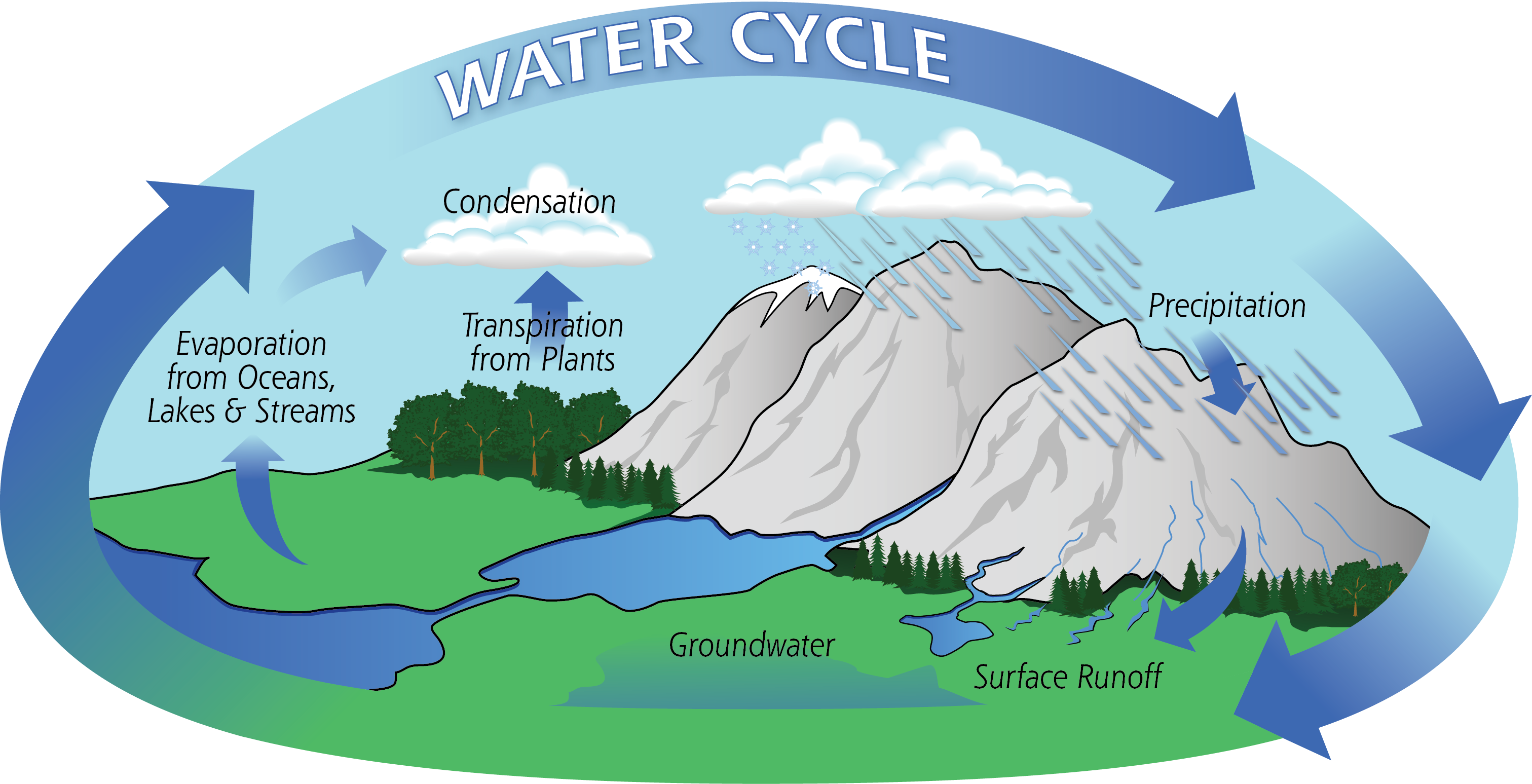To learn about the rate that different materials decompose.
Hypothesis:
I think that the bananas will rott the fastest.
Materials:
Materials:
- 4x Test Tubes
- Banana
- Bread
- White Styrophone
- Paper
- Bung
- Test Tube Rack
- Water
Steps:
- Gather your materials.
- Put the test tubes into the stand.
- Put the banana in test tube one, the bread and water in test tube two, etc.
- Take it back to our table.
- We wrote our names on a piece of paper and taped it to the test tube stand.
- Place the stand onto a surface where it won´t be touched.
- Wait five weeks.
Findings:
TODAY
|
Colour
|
Change
|
Observations
|
Banana
| Yellow | - | - |
Paper
| Brown | - | - |
Styrophone cup
| White | - | - |
Bread
| Beige | - | - |
3 weeks
|
Colour
|
Change
|
Observations
|
Banana
| Brown and a greenish colour | Changed colour and rotted | The banana went from a smallish yellow piece to a brown disgusting smelly mess. |
Paper
| Brown | nothing | Nothing changed about the paper, it was still brown and it looked the same. |
Styrophone cup
| white | nothing | Nothing changed about the styrophone cup, it was still white and it looked the same. |
Bread
| Green, black and white | Changed colour | The bread was a normal beige, white colour but it was slowly changing colour to green and black. |
5 weeks
|
Colour
|
Change
|
Observations
|
Banana
| Green | Changed fully green | The banana became completely dark green and covered in mold. |
Paper
| brown | nothing | Nothing changed about the paper, it was still brown and it looked the same. |
Styrophone cup
| White | nothing | Nothing changed about the styrophone cup, it was still white and it looked the same. |
Bread
| white and brown | foam looking white stuff on top | The bread stayed the same colour but has foam looking white stuff over it. |
Conclusion:
By the end of this the food was disgusting but it looked like the banana rotted the fastest even though the bread had water in the tube with it. It looked like the banana rotted fastest because by week three it had already started getting mold on it.



